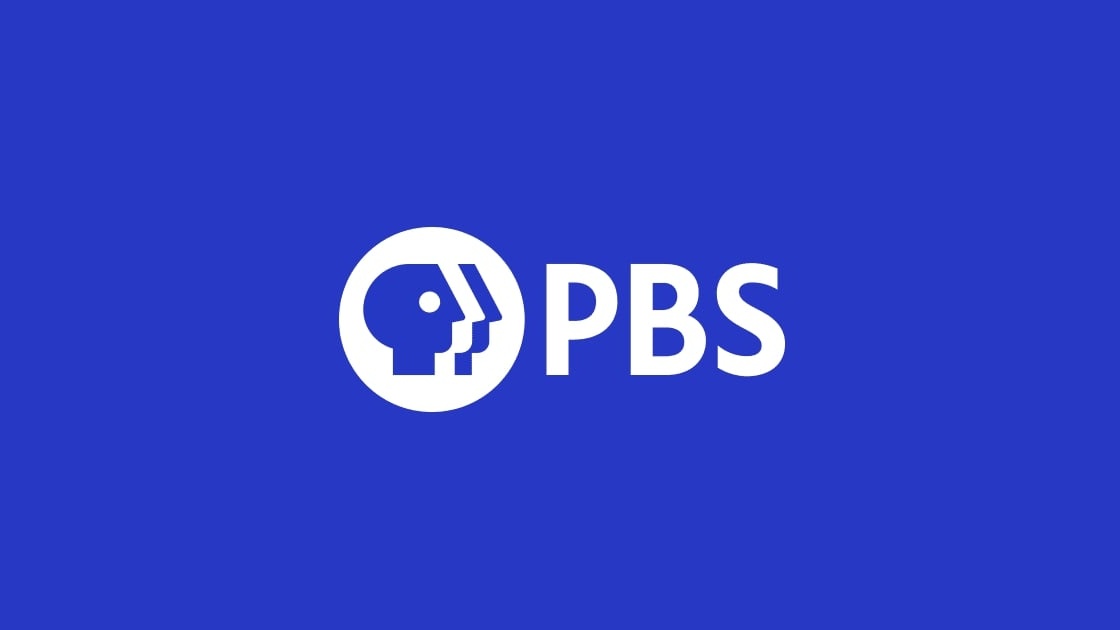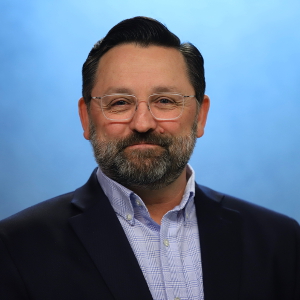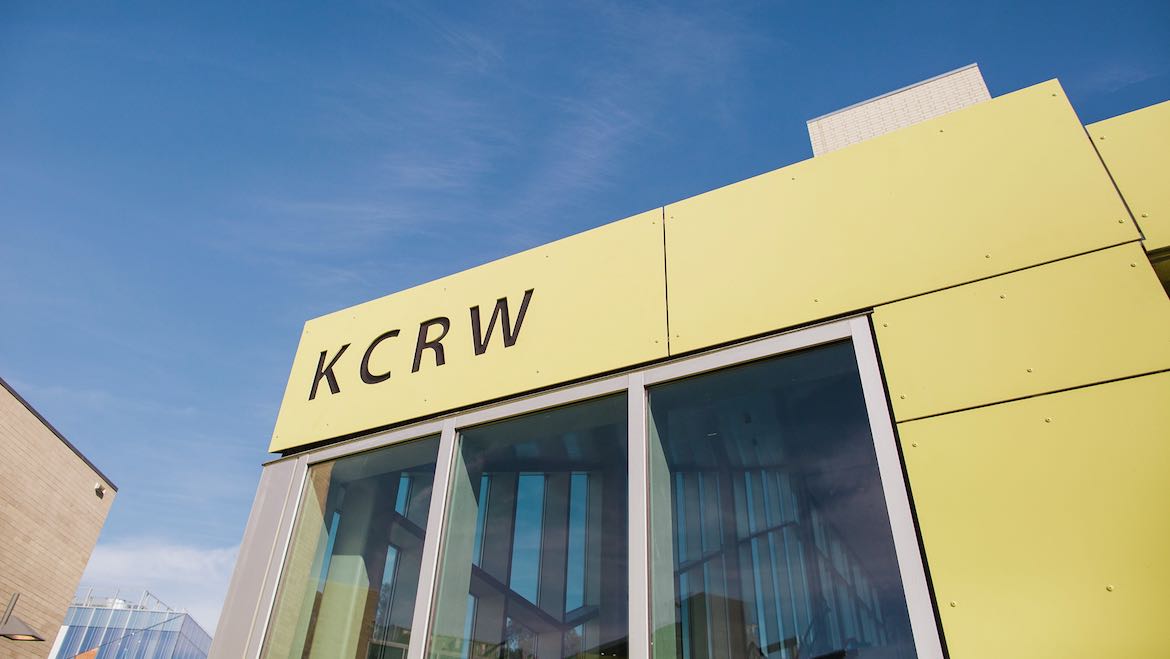PBS board approves new dues model for stations, adds to CEO fund

PBS’ board of directors unanimously approved a plan Thursday to update the network’s dues formula, aiming to help stations predict their annual payments while also easing the financial burden on the system’s largest stations.
Discussions about the new model began in March. The revised formula will go into effect in June at the start of fiscal year 2026.
PBS last revised its dues model more than a decade ago. Stakeholders argued that an update was needed to respond to declining broadcast viewing, falling system revenue and the ascent of streaming services.
The new formula will continue to use a station’s nonfederal financial support as a factor in determining dues, though it will be weighted differently under a tiered system. Smaller stations will pay less into the pool of dues money that PBS receives. The formula will no longer use local population to set dues, which currently causes shifts in station payments that are difficult to predict.
The new model also increases the funding credit for stations that produce national programming from 60% to 65%.
Under the current formula, PBS anticipates bringing in $227 million in station dues in FY2025. That accounts for 61% of the network’s projected $373.4 million in revenue for the year. PBS has not announced its proposed budget for FY26.

During a meeting of the board’s finance committee Monday, board member Ed Ulman, who led a task force focused on the dues revision, said PBS’ finance and station services teams explained the new model to station leaders at an in-person meeting in September and through multiple webinars and one-on-one conversations.
A total of 133 stations — 88% of all stations in the system — “interacted with the communications,” said Ulman, who is also CEO of Alaska Public Media. Feedback has been positive, he added.
Board Chair Larry Irving praised Ulman and the dues task force for their work. “I don’t think we can thank them enough for pulling that iron out of the fire,” he said.
In a separate measure, the board also approved the transfer of $1.9 million in FY24 net income into the CEO Roadmap to the Future Fund. PBS added $30.4 million to the fund in 2021 and an additional $8.1 million in 2022. PBS’ board created the fund in 2004 to empower the CEO with decisions on discretionary expenses and investments in the network.

PBS CEO Paula Kerger discussed the possibility of future scrutiny public media may face during the upcoming Trump administration as some Republicans advocate for defunding pubmedia.
“You don’t have to pull the emergency lever yet, but you shouldn’t wait until it’s time to pull the emergency lever to be in those conversations,” she said. She recommended that public media stakeholders start leveraging their relationships to help ensure that PBS does not get lost in the shuffle.
“Having been through this in 1994, I can tell you that it is that ongoing rhythm of telling our story that is going to be profoundly important,” Kerger said.
Kerger said her strategy includes bolstering financial support for the PBS Foundation and building up its endowment, as well as doing what PBS can to “control our fate and take a little bit more wobble out of what may be ahead of us.”
“People are focused on us right now,” she said. “That’s the positive of being in the news. People are worried about our future, and I think this is an opportunity … to really seize this moment in a positive way.”





